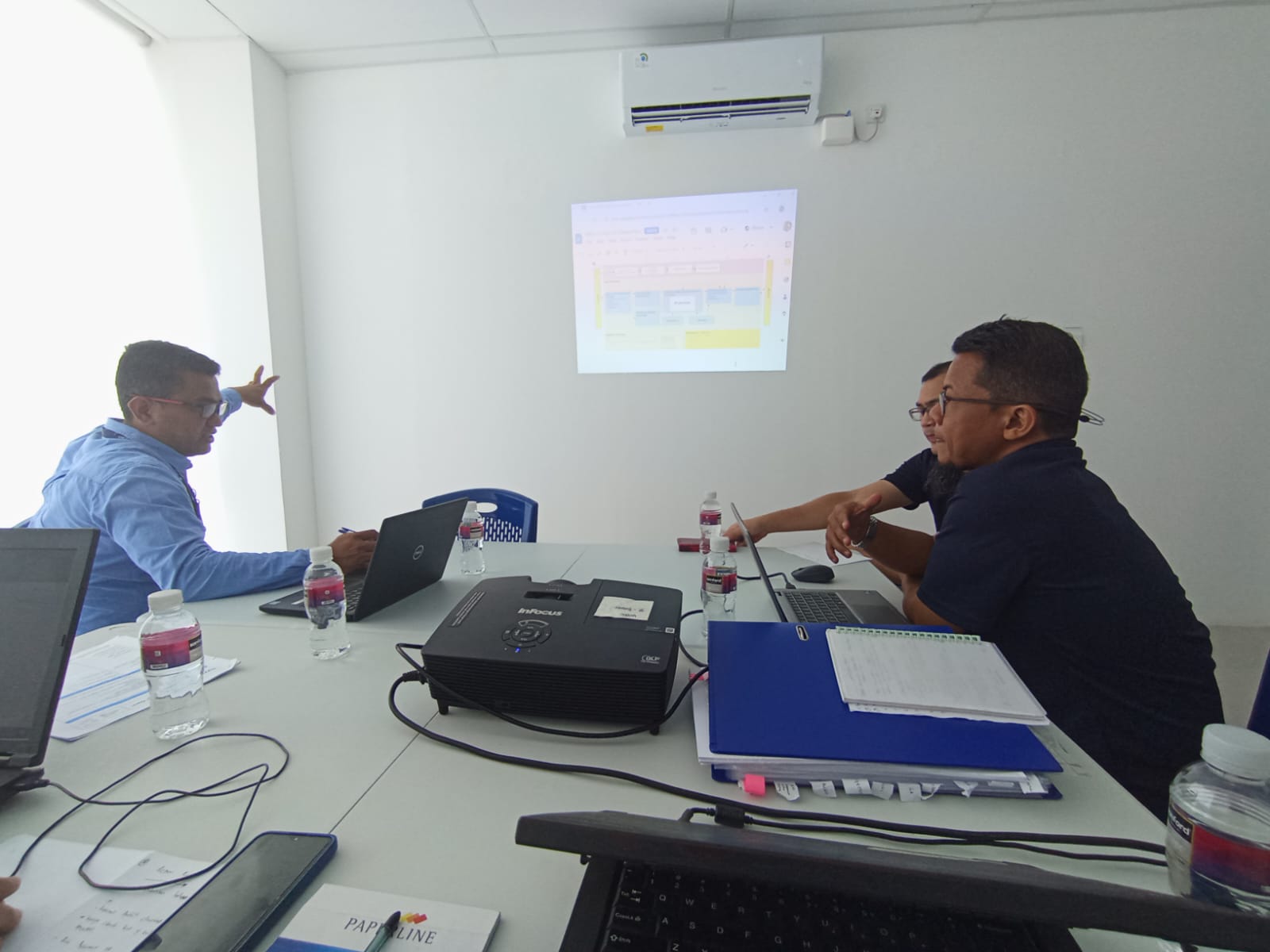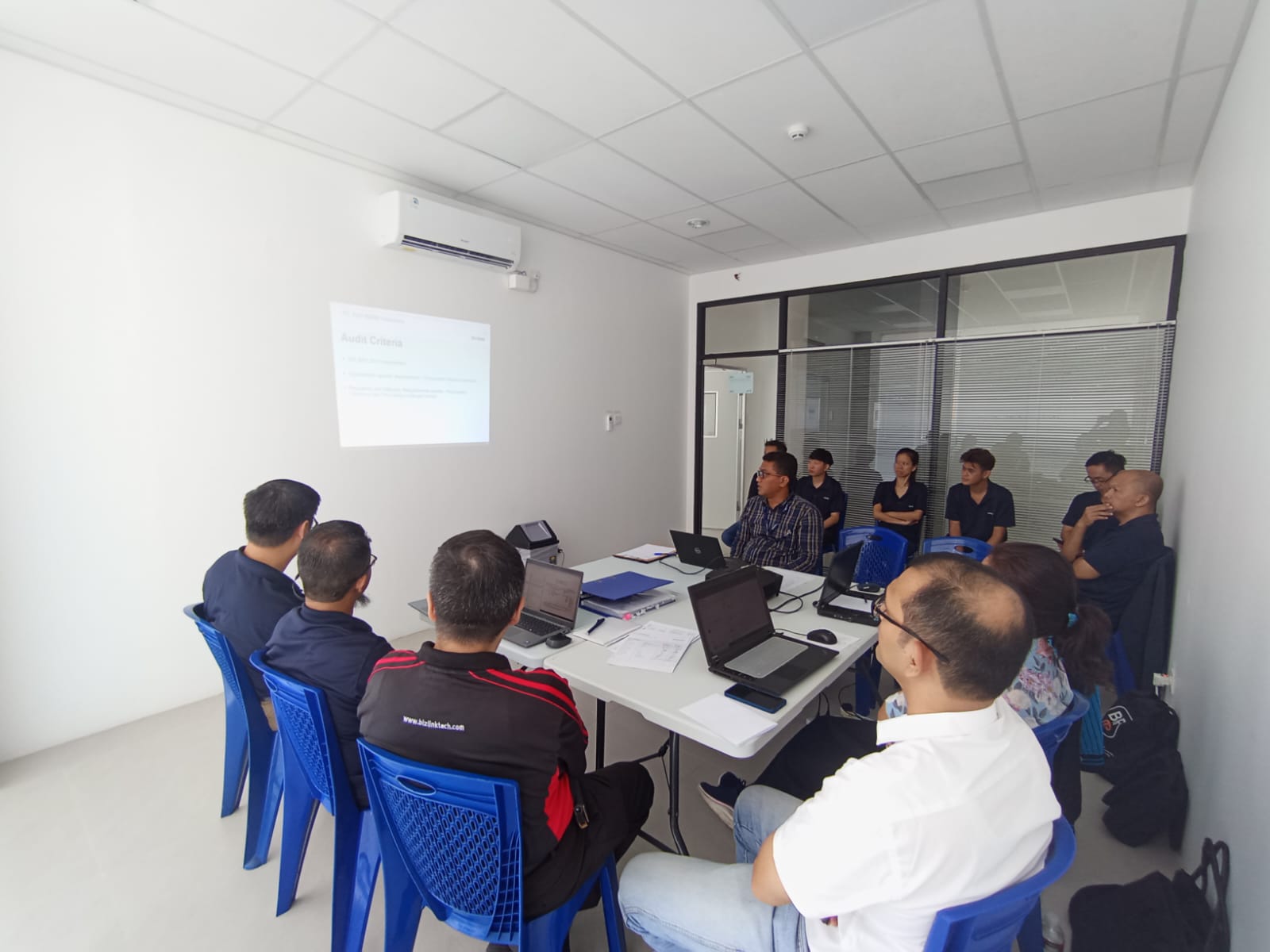ISO 9001 is a globally recognized standard for quality management systems (QMS). Whether you’re a business owner, manager, or simply curious about quality standards, this blog will guide you through what ISO 9001 is, its core principles, benefits, and how to achieve certification.
What is ISO?
The International Organization for Standardization (ISO) is an independent, non-governmental organization based in Geneva, Switzerland. Its primary role is to develop and publish international standards that ensure products, services, and systems are safe, reliable, and of high quality. ISO standards cover various industries, from manufacturing to services, promoting consistency and efficiency worldwide.
Placeholder for image1.png: An infographic showing the ISO logo or global reach of ISO standards.
What is ISO 9001?
ISO 9001 is the world’s most widely adopted standard for Quality Management Systems (QMS). Unlike standards that focus on the final product, ISO 9001 emphasizes the processes used to create products or services, ensuring they are consistent and meet quality expectations. The latest version, ISO 9001:2015, is currently in use, with a new version expected in 2026. The first draft of this update was released in July 2024, with further drafts planned before the final release.
Placeholder for image2.png: A diagram illustrating the ISO 9001 process approach.
Key Principles of ISO 9001
ISO 9001 is built on seven core principles that guide organizations toward quality excellence:
- Customer Focus: Understand and exceed customer expectations to build loyalty.
- Leadership: Top management sets clear goals and fosters a supportive environment.
- Engagement of People: Involve and empower employees at all levels.
- Process Approach: Manage activities and resources as interconnected processes.
- Improvement: Continuously seek ways to enhance performance.
- Evidence-Based Decision Making: Base decisions on data and analysis.
- Relationship Management: Foster mutually beneficial relationships with suppliers and stakeholders.
ISO 9001 Clauses: The Framework of a QMS
ISO 9001 is structured into ten clauses, with the first three providing introductory context and the remaining seven outlining the requirements for a QMS.
Clauses 1–3: Introduction
- Scope: Defines the application of the QMS.
- Normative References: Refers to foundational documents like ISO 9000.
- Terms and Definitions: Clarifies key terminology.
Clause 4: Context of the Organization
Organizations must understand their internal and external environment, identify stakeholders (e.g., customers, employees, suppliers), and define the QMS scope.
Clause 5: Leadership
Top management must demonstrate commitment by providing resources, setting a quality policy, and aligning quality objectives with business strategy.
Clause 6: Planning
This involves assessing risks and opportunities, setting measurable quality objectives, and planning changes systematically.
Clause 7: Support
Ensure adequate resources, employee competency, and documented information to support the QMS.
Clause 8: Operation
Control operational processes to meet customer requirements, including supplier management and product traceability.
Clause 9: Performance Evaluation
Monitor and evaluate the QMS through customer feedback, internal audits, and management reviews.
Clause 10: Improvement
Address non-conformities, implement corrective actions, and continuously improve the QMS.
Placeholder for image3.png: A chart summarizing the ISO 9001 clauses.
Why is ISO 9001 Important?
Implementing ISO 9001 offers numerous benefits that enhance organizational performance and reputation:
Part 1: Operational and Market Benefits
- Increased Customer Satisfaction: Consistent processes deliver products and services that meet customer expectations, fostering loyalty.
- Improved Efficiency and Productivity: Streamlined processes reduce waste and costs.
- Enhanced Credibility and Reputation: ISO 9001 certification signals a commitment to quality, boosting competitiveness.
- Access to New Markets: Many government and corporate tenders require ISO 9001 certification.
Part 2: Internal and Strategic Benefits
- Greater Employee Engagement: Involving employees in quality improvements boosts morale.
- Better Decision-Making: Data-driven decisions replace assumptions.
- Continuous Improvement Culture: Encourages ongoing learning and growth.
- Improved Risk Management: Proactively identifies and mitigates risks.
How to Achieve ISO 9001 Certification
Obtaining ISO 9001 certification requires a structured approach:
- Management Commitment: Leadership must drive the initiative.
- Training and Awareness: Educate your team on ISO 9001 requirements.
- Gap Analysis: Compare your current system to ISO 9001 standards to identify gaps.
- Implementation: Develop documentation, procedures, and processes to meet the standard.
- Internal Audit: Assess the effectiveness of your QMS.
- External Audit: Engage an independent certification body to verify compliance.
- Certification: Receive your ISO 9001 certificate upon passing the audit.
Conclusion
ISO 9001 is more than just a certificate—it’s a powerful framework for building a robust Quality Management System. By focusing on consistency, efficiency, and customer satisfaction, ISO 9001 helps organizations operate better and grow sustainably. Whether you’re aiming to improve processes, boost credibility, or access new markets, ISO 9001 is a valuable investment for long-term success.
For more information or assistance with ISO 9001 certification, contact us at:
- Call Center: 082288303338
- Email: marketing@isospace.id
- Contact Person: Kristina Saragi, 081268161778, kristina@isospace.id
Thank you for reading!





Leave a Reply